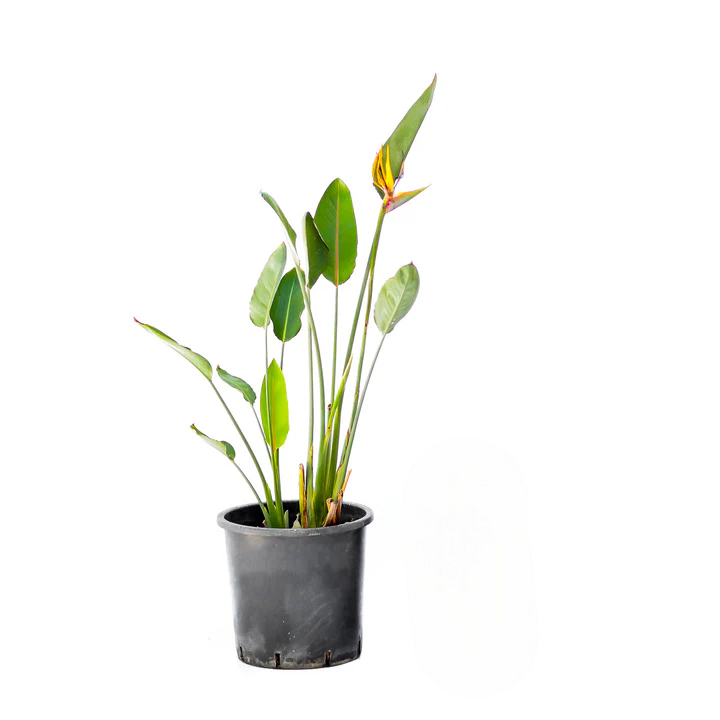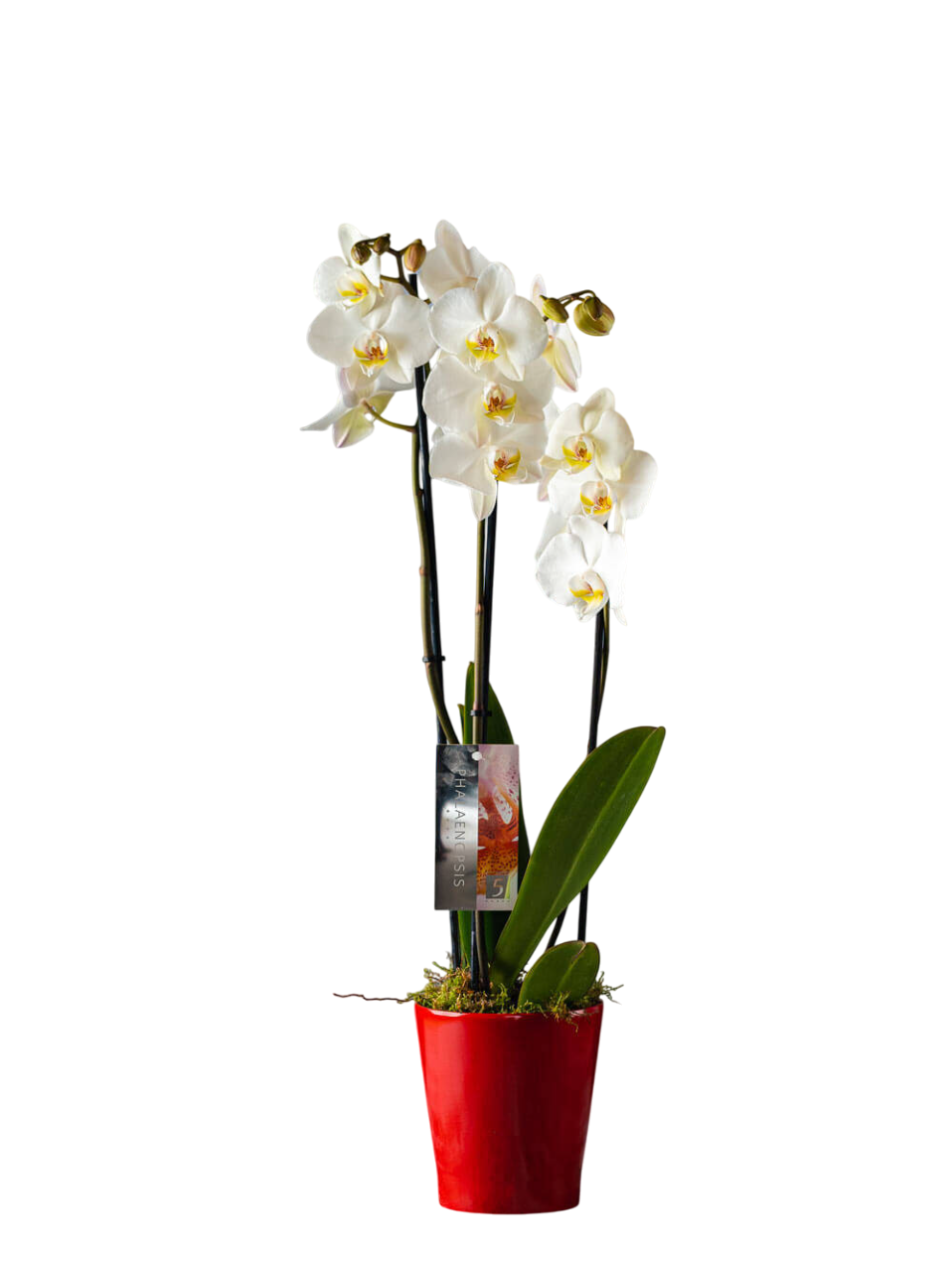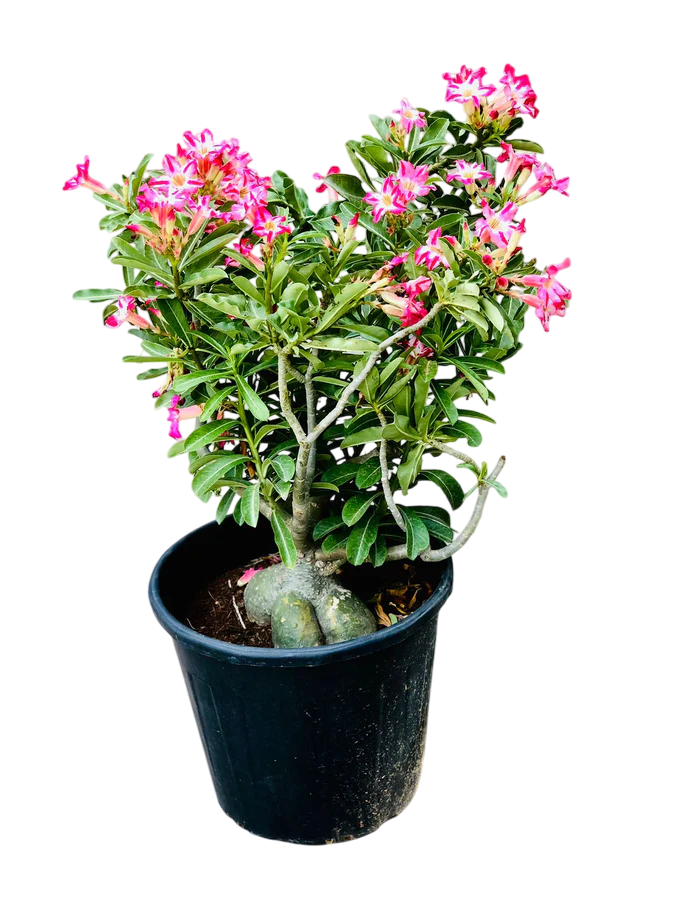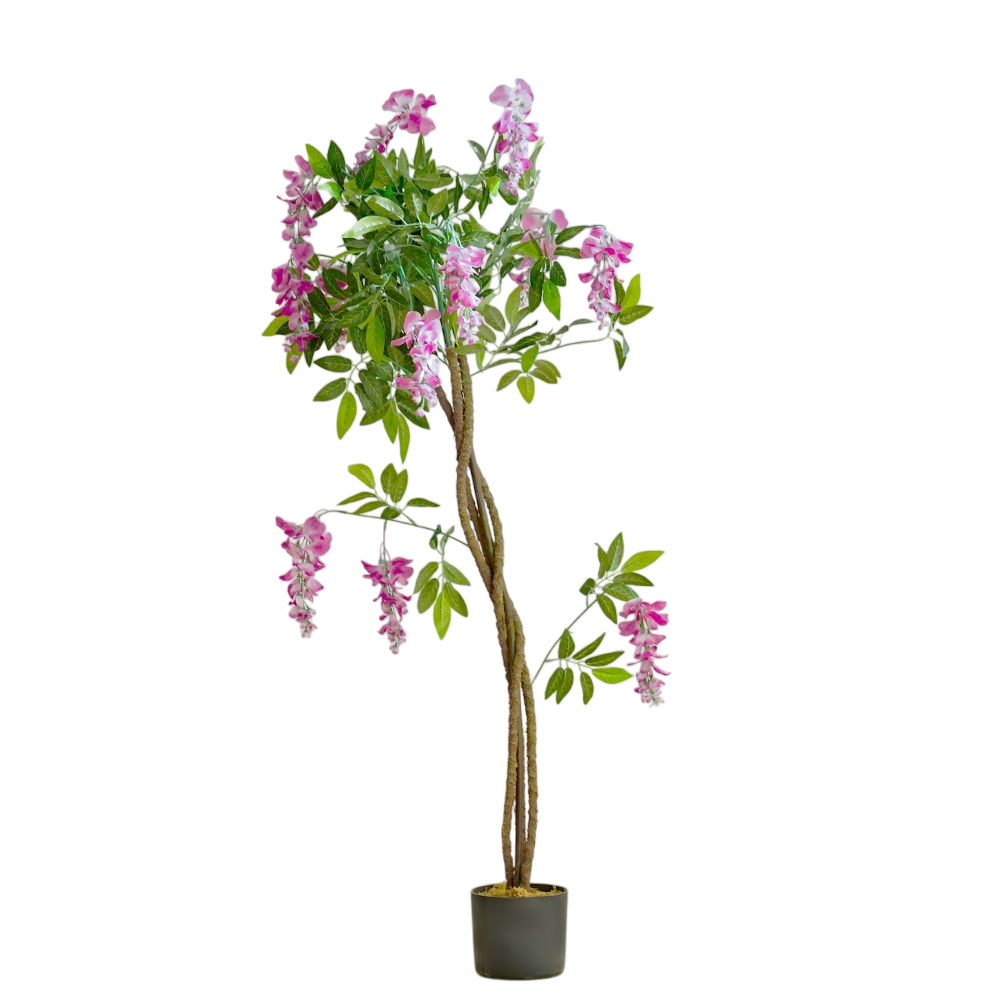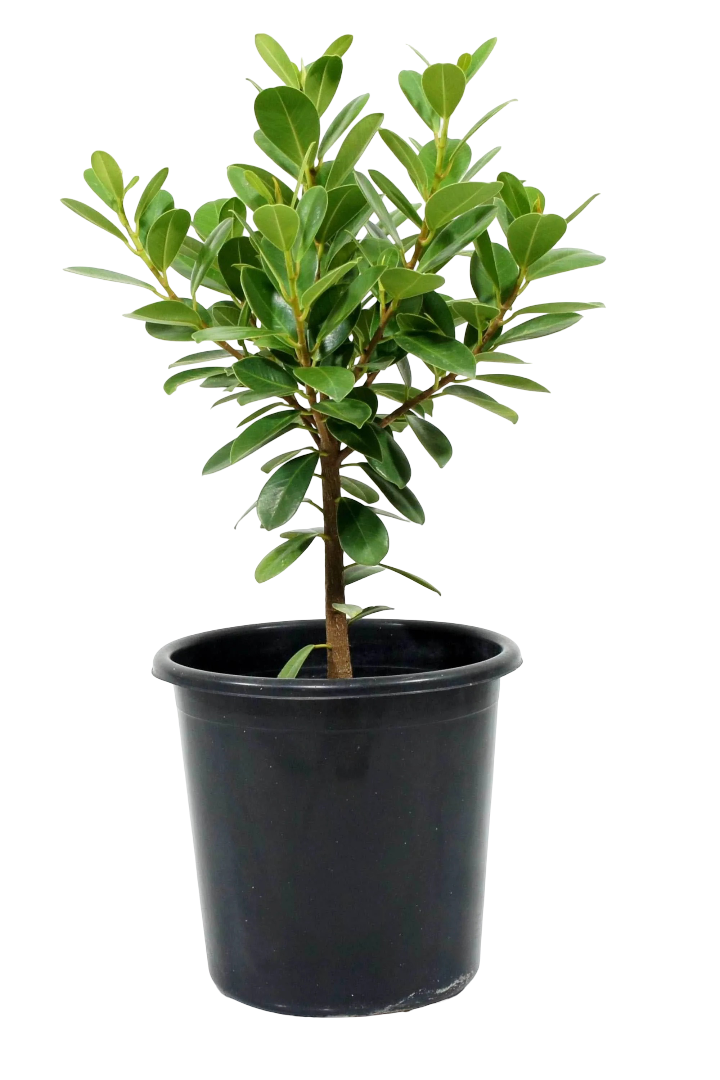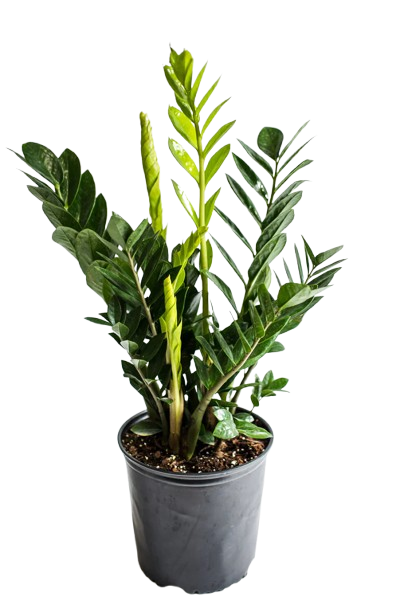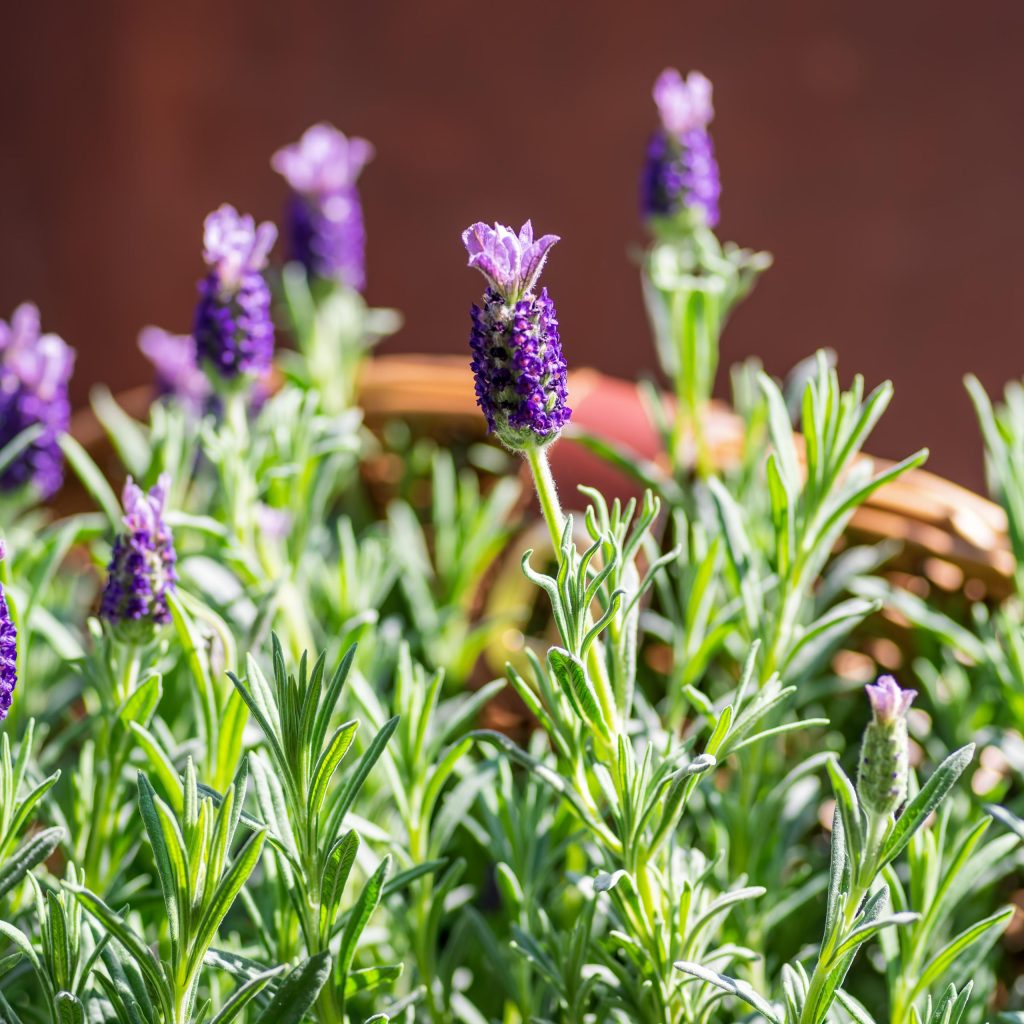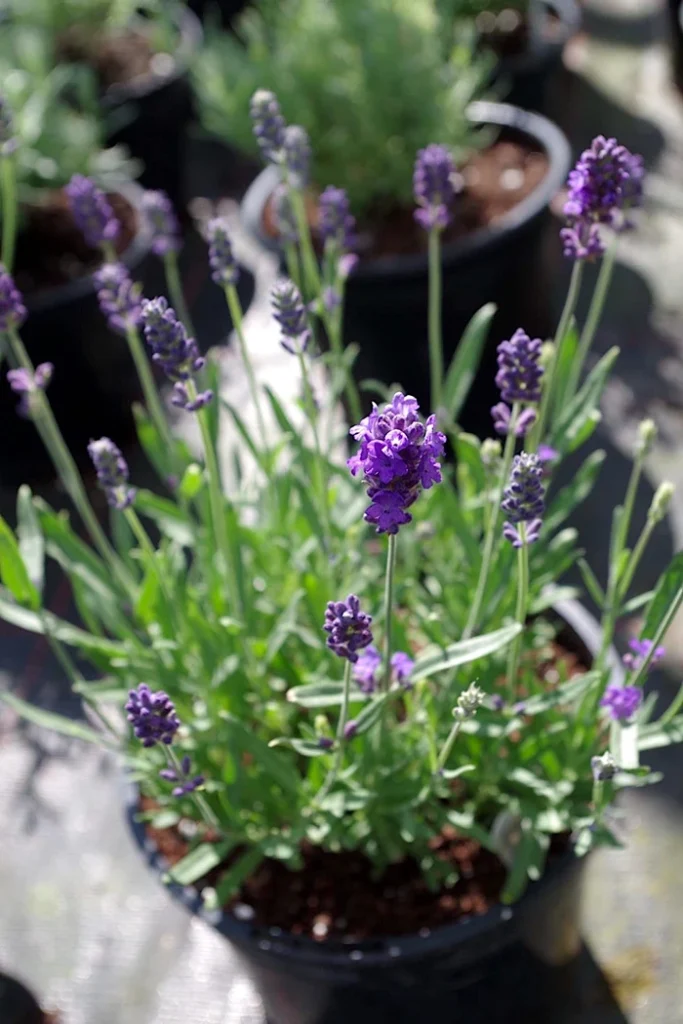Lavender (Lavandula angustifolia) is one of the most cherished aromatic herbs in Kenya — admired for its soothing fragrance, purple blooms, and numerous health and wellness benefits. From the cool highlands of Limuru to the sunny gardens of Nanyuki and Naivasha, lavender has found a perfect home in Kenyan soils, adding a touch of charm and serenity to every landscape.
Why Lavender is Loved
- Fragrance: Its sweet floral scent makes it a favorite for gardens, oils, soaps, and perfumes.
- Health Benefits: Used in aromatherapy to relieve stress, improve sleep, and uplift mood.
- Pollinator Friendly: Attracts bees and butterflies, helping pollination in your garden.
- Low Maintenance: Thrives with minimal care and little water once established.
- Multi-purpose: Excellent for landscaping, herbal tea, essential oils, and potpourri.
Historical and Cultural Significance
Lavender has a rich history stretching back over 2,500 years. In ancient Egypt, it was used in mummification and cosmetics. The Romans added lavender to baths and linen for its refreshing scent — its Latin name “lavare” means “to wash.” During the Middle Ages, it was used across Europe as a medicinal herb and to ward off infection. In Kenya today, lavender continues this legacy as a symbol of purity, calm, and healing, valued in home gardens, spas, and wellness centers alike.
Ideal Growing Conditions in Kenya
Lavender thrives in sunny, well-drained locations — perfect for Kenya’s temperate and semi-arid regions. It prefers slightly alkaline or neutral soil and grows well in raised beds, rocky gardens, and pots. Areas like Limuru, Nanyuki, Kajiado, and Eldoret offer ideal conditions with their bright sun and cool breezes.
How to Grow Lavender
- Choose a sunny location with at least 6 hours of light daily.
- Use sandy or loamy soil with good drainage.
- Plant seedlings about 30–40 cm apart to allow air circulation.
- Water sparingly — overwatering can lead to root rot.
- Prune after flowering to maintain shape and encourage new growth.
Care Tips
- Water only when the topsoil is dry.
- Fertilize sparingly — too much nitrogen reduces fragrance.
- Remove spent blooms to prolong flowering.
- Mulch lightly with gravel to improve drainage.
- Prune after flowering to prevent woody stems.
Pests and Problems
Lavender is hardy but can be affected by root rot in poorly drained soil and aphids during warm, humid weather. A natural solution is using neem oil spray or introducing ladybugs for biological control. Always ensure proper airflow around your plants.
Harvesting Lavender
Harvest lavender when the buds are just opening for the most intense aroma. Cut flower stems early in the morning and dry them in a shaded, ventilated space. The dried flowers can be used in sachets, essential oils, or teas.
Uses of Lavender
- Essential Oil: Used for relaxation, skincare, and aromatherapy.
- Home Décor: Dried lavender bouquets add elegance and scent indoors.
- Culinary: Adds a floral note to desserts and teas.
- Natural Repellent: Keeps mosquitoes and flies away.
Symbolism Around the World
Across cultures, lavender symbolizes peace, devotion, and healing. In France, it’s a national emblem of Provence, representing love and simplicity. In England, it symbolizes purity and grace. In Kenya, lavender is now cherished for wellness and beauty, often featured in organic skincare and spa rituals — a modern reflection of ancient herbal wisdom.
Where to Buy Lavender in Kenya
Find premium lavender plants and planters at Planters.co.ke. We deliver healthy, well-rooted lavender varieties ideal for home gardens, balconies, and landscapes across Kenya. Perfect for anyone seeking fragrance, calm, and a touch of beauty.
Final Thoughts
The Lavender Plant is more than just a pretty bloom — it’s a timeless herb of calm, beauty, and healing. With its soothing scent, minimal care needs, and deep history, it’s the perfect addition to any Kenyan home or garden. Add a pot of tranquility today — order your lavender plant from Planters.co.ke and bring serenity into your space.
Recent Posts
- Dahlia plants: Planting, Care & Blooming Guide
- Scarlet Sage plant: Growing, Care & Garden Benefits
- Colour Lily Bulbs in Kenya: Planting, Care & Blooming Guide
- Christmas Lemon Cypress tree: Festive Charm, Care Tips & Indoor Growing Guide
- How to Select Potting Medium & Fertilizers for Your Plants : A Complete Guide

